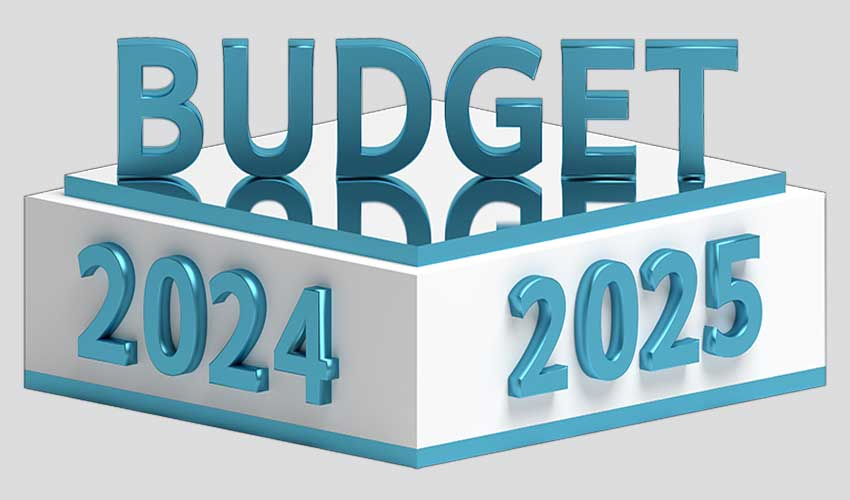The newly formed National Economic Council (NEC) is scheduled to meet today (Monday) to evaluate current and future investments and set targets for the upcoming fiscal year.
Chaired by Prime Minister Shehbaz Sharif, the 13-member council aims to achieve a 3.6% economic growth rate while the planning division advocates for increasing the next year’s federal Public Sector Development Programme (PSDP) to Rs1.5 trillion, compared to the Rs1.22 trillion recommended by the Annual Plan Coordination Committee (APCC) last week.
The NEC, the highest constitutional forum for economic policymaking, includes the prime minister, four provincial chief ministers, four federal ministers (for foreign affairs, defense, finance, and planning), and four provincial cabinet members. The council will address a six-point agenda, reviewing the 2023-24 macroeconomic framework and setting economic priorities and targets for 2024-25. Additionally, the NEC will consider and approve the 13th five-year plan (2024-29), review the current year’s public investment programme, and approve the investment plan for the next fiscal year, anticipating nearly Rs4 trillion in development spending by the Centre and the provinces.
The APCC has approved a national investment plan totaling about Rs2.869 trillion, including Rs1.22 trillion for the PSDP. The annual development plans (ADPs) allocate Rs700 billion for Punjab, Rs763 billion for Sindh, and Rs627 billion for Khyber Pakhtunkhwa, with Balochistan’s ADP to be finalized during the NEC meeting due to its limited resources and reliance on federal transfers. Punjab’s ADP is reportedly set to match the federal PSDP, and the power sector is expected to allocate Rs185 billion for development projects from consumer-generated resources under Nepra’s approval. Consequently, the national development plan for the next fiscal year is likely to exceed Rs4 trillion.
The NEC will also review the performance reports of the Executive Committee of the National Economic Council (Ecnec) and the Central Development Working Party (CDWP) for the outgoing fiscal year, including decisions made and their implementation. A report on the performance of state-owned entities will also be considered.
Sources indicate that the Ministry of Planning is advocating for increasing the 2024-25 PSDP to Rs1.5 trillion, rather than the Rs1.221 trillion approved by the APCC, chaired by the Planning Commission’s Deputy Chairman Jehanzeb Khan. Some critical areas omitted by the APCC and additional demands from coalition partners might be accommodated by the planning minister and the prime minister. A senior government official remarked, “There’s nothing wrong in aiming for higher PSDP investment, though its implementation would depend on the actual resource availability during the fiscal year.”
The growth target for the next year is set at 3.6%, supported by 2% growth in agriculture, 4.4% in industry, and 4.1% in services. The Planning Commission notes that growth prospects hinge on political stability, exchange rate stability, improvements in the external account and inflows, macroeconomic stabilization under the IMF program, and expected declines in global oil and commodity prices.
The agricultural sector’s 2% growth target reflects a significant contraction, with important crops expected to shrink by 4.5% due to severe dry weather and inadequate water availability, especially for kharif crops. Other crops and the livestock sub-sectors are projected to grow by 4.3% and 3.8%, respectively.
The industrial sector is expected to recover in 2023-24, targeting 4.4% growth driven by a 3.5% increase in large-scale manufacturing (LSM). Improved inputs and energy supplies, lower global oil and commodity prices, eased import restrictions, higher public sector expenditure, exchange rate stability, and lower interest rates are anticipated to support this growth. Consequently, construction material prices are expected to fall, aiding the construction industry’s growth target of 5.5% for 2024-25.
The services sector is projected to grow by 4.1%, with the 3.1% growth in commodity-producing sectors complementing this target. Increased economic activity in the industry, particularly manufacturing, is expected to drive growth in wholesale and retail trade, transport, storage, and communications.
The total investment-to-GDP ratio is expected to rise from 13.1% in 2023-24 to 14.2% in 2024-25, driven by expected economic improvements, a better business environment, and political stability. Fixed investment is forecast to grow by 27.6% nominally, increasing from 11.4% of GDP in 2023-24 to 12.5% in 2024-25. National savings are targeted at 13.3% of GDP for 2024-25, up from 13% this year.
The government aims to reduce the fiscal deficit through fiscal consolidation measures, focusing on enhancing tax revenue and curtailing non-development expenditures, including subsidies. The monetary policy will align with inflation expectations and growth revival objectives. With falling global inflation, domestic average inflation is expected to moderate to 12% next year.




